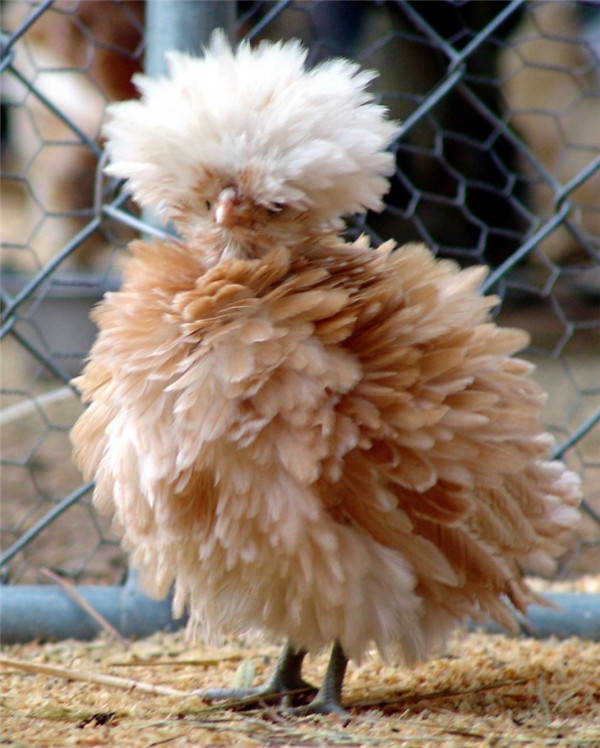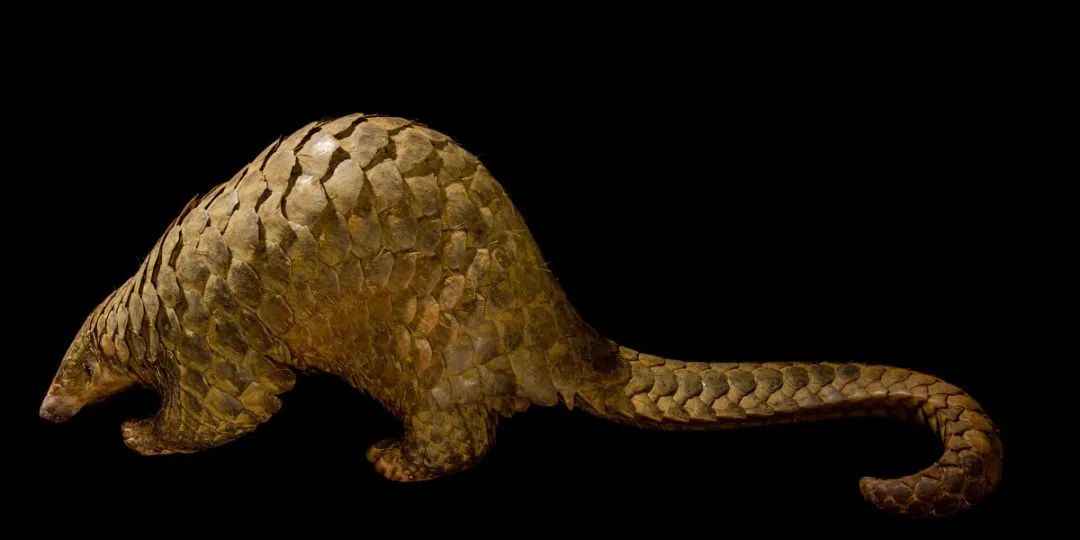The Silkie Chicken: A Regal Ornamental Fowl with Luxurious PlumageNative to China and Southeast Asia, the Silkie chicken, often called the "贵妇鸡" (noble chicken) in Chinese, has captivated poultry enthusiasts for centuries with its distinctive appearance: fluffy, silk - like feathers, a black - skinned body, and a regal demeanor. This ancient breed, prized for its ornamental value and gentle temperament, stands out as one of the most unique domestic fowls worldwide.
June 23, 2025, 11:16 am EDT
A Feathered Royalty: Physical Traits
Cultural Significance and Modern Role










